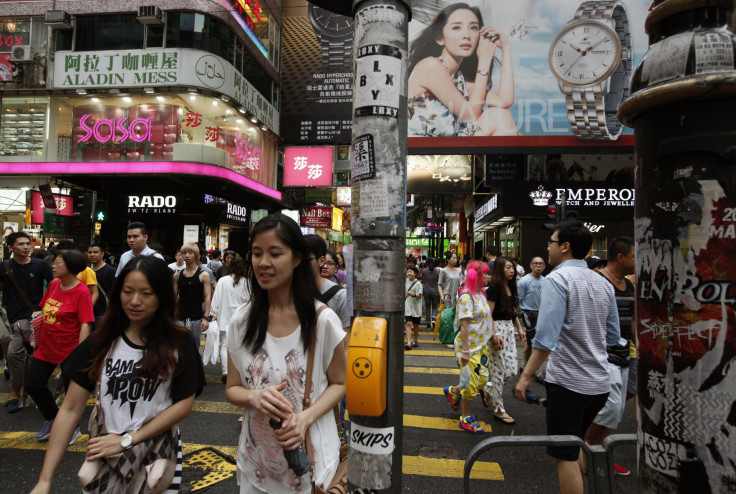China Middle Class vs. US Middle Class: Beijing To Be Middle-Income Society By 2030 Matching Washington's 2000 Purchasing Power

China will be a middle-class society by 2030 matching consumer spending levels seen in the European Union at the moment, a new report by an analytics company said Wednesday. Private consumption will grow on an average of 5.5 percent every year.
China is currently at consumer spending levels seen in Malaysia in the 2000s with nearly 40 percent of the population in the low-income bracket (having an annual disposable of less than $2,100), the Economist Intelligence Unit report said. But, in about 15 years, that number is expected to drop to 11 percent with more people moving in to the lower middle-income status (having an annual disposable income of $2,100 to $10,800).
“We expect that the purchasing power of individual Chinese consumers in 2030 will be roughly akin to that of South Korea today or the U.S. in 2000,” Dan Wang, China analyst at the Economist Intelligence Unit, told the South China Morning Post.
However, inequalities are expected to persist. According to the report, people belonging to the middle-income status ($10,800- $32,000) will grow from 7.1 percent in 2015 to 19.7 percent in 2030. Meanwhile, the high-income group (over $32,000) will expand from 2.6 percent of the population to nearly 14.5 percent. This is the fastest growth rate among all four groups.
“Compared to the U.S. and South Korea, China has a much bigger percentage of low-wealth population, mostly because of the large rural population,” Wang said. “China’s inequality in wealth is generally considered lower than that in the US and South Korea, but it is likely to be higher in the future.”
“As development deepens, wealth will depend more on capital rather than labour. People owning more capital to start with will be able to accumulate wealth [like housing] a lot faster,” she added.
The report advised companies looking to capitalize on China’s middle-class boom to concentrate on understanding how income is distributed across the country. The high-income group is expected to stay in first-tier cities like Beijing, Guangzhou, Shanghai and Shenzhen. The report also predicts a strong growth in spending when it comes to transport and communications.
© Copyright IBTimes 2025. All rights reserved.






















